“Sistemang Praksiyon”
The “KALI” of Amara Arkanis
Many people are fascinated by eastern “mysticism” in the martial arts, especially when the term “secret or hidden techniques” are attached to the name of the art or the school.
Perpetuated by the movies and accepted as fact by the gullible, several martial arts school make a lot of profit from advertising such as “learn the secret techniques in a few minutes and beat anyone” or something like that.
To the uninitiated in the fighting arts, this advertisement promises hope of a superman-like skill that will conquer all evildoers.
It will surely come as a big disappointment to those who are looking for a panacea, but there was never and will there ever be a “secret technique” that anybody can learn in a few minutes that will turn him or her to an invincible fighter, short of pulling the trigger placing the bullet in the target.
However, there is surely a secret to the technique. The secret to the technique must not be confused or mistaken as a secret technique. The secret to the technique is nothing more than a technique executed in a superior manner, which is a result of long, hard study and training under a qualified and competent teacher.
It is a technique that utilizes leverage, coordination, balance, direct application of force, proper distance, timing, and other variables. Such are the techniques of the Bernarte Brokil Sistemang Praksiyon. The Bernarte Brokil Sistemang Praksiyon became the basis of Amara Arkanis Martial Arts Education Program. This is the Kali of Amara Arkanis. Kali is the acronym for Karunungang Lihim (secret to the technique).
Amara Arkanis is a fighting art that is a product of the development of the evolving Filipino Fighting Arts, established in 1980 by Loulle Lledo, Jr.
Lledo was schooled in different forms of combative arts under various mentors, teachers, and masters. Among his many teachers, Delfin Bernarte, originator of the Sistemang Praksiyon Brokil, stands out as the most influential figure in Amara Arkanis. Superstitions, being part of the Filipino psyche; many suspect that Bernarte bequeathed his anting-anting (amulet) and bahi (iron wood fighting stick) to Lledo.
Lledo, however, neither confirms nor denies this suspicion. However, whether Lledo did or did not, the system he now calls Amara Arkanis, is in many ways greatly influenced and in fact is a forward evolution and progression of Bernarte’s “Sistemang Praksiyon Brokil” (Brokil Fraction System).
Sistemang praksiyon is based on the principles of “linlang” (deception) and “puno’t dulo” (head and tail). Three interlocking and interconnected factors, lakas (strength), bilis (speed) and lalim (depth) complete the system. There are “two levels” in sistemang praksiyon.” The first level is the actual exchange of blows.
The second level is by mainly evading the opponent’s attack without actually blocking the strike. As Bernarte used to say, “praksiyon-praksiyon lang.” Bernarte, believes and rightly so, that the difference between a mediocre technique and an effective technique is the “Sistemang Praksiyon.”
A strike (offensive or defensive), must be delivered a fraction harder, a fraction faster and must go a fraction deeper in the target. To achieve this goal, Bernarte, without being aware of it, relied heavily on the laws of physics, kinesiology and physiology. Interestingly, Bernarte did not have higher education where such subjects may be learned.
Hitting the muscles (which carries the nerve endings), causes pain and trauma. Breaking the bones causes pain, trauma and shock. By going deeper than the protective layers of the muscles and the bones, it is possible to hit the internal organs, which may result in instantaneous or a painful lingering death due to internal hemorrhage.
Using a live blade (as Rajah Lapu-lapu did against Ferdinand Magellan or Andres Bonifacio during the time of the Katipunan), makes it easier to achieve this result.
Such was the case during the war against the Spaniards, the Americans and then the Japanese during the Second World War when live blades were used in defense of the country against foreign aggression.
Among the many Filipinos who took to the mountains with their trustworthy blade was Delfin Bernarte. Bernarte’s two weapons of choice as a resistance fighter during the Japanese occupation of the Philippines were the dahong palay and his own design the medya-luna.
The dahong palay is a narrow, thin and very sharp long knife that derived its name from a native venomous snake. It was used primarily for thrusting and slashing.
The medya-luna (half moon) got its name from the shape of the blade. The blunt portion is straight that curves up at the point while the blade portion is shaped like a half-moon.
The end of the blade curves up to a very sharp point. This half-moon shape of the blade makes it a very efficient cutting and hacking knife. The sharp point makes it a very effective tool for disemboweling and in cutting the jugular vein without necessarily cutting off the head.
To confuse the enemy of his whereabouts, which may be apparent by the kind of injury the knife inflicts, Bernarte alternates the knife he uses in their midnight sorties.
One thing common in the techniques of these blades is they are never used to block and stop another blade. The blades are used solely in an offensive one-strike one-kill method. Evasion is achieved through bobbing, weaving or sidestepping.
The open hand is used to parry an attack or outbalance the opponent for the one-strike one kill blow. Bernarte calls this level of his Sistemang Praksiyon the isang piga – isang taga (one squeeze – one strike).
Bernarte forges his own blade from selected hardened steel. He claims that the blades he uses will never get dull. The way he tests his blades is by cutting bamboo into pieces in midair with one clean strike.
After the Second World War, the carrying of fighting blades was once again prohibited, this time by the Filipino civil and police authorities. Bernarte turned back to the baston and for more serious applications the bahi.
Whether, when one uses a live blade or a blunt instrument like a stick, the principles of the sistemang praksiyon works effectively. Some people who participate in sports arnis de mano, where the goal is to win the gold, may find “sistemang praksiyon” too extreme. However, in a situation where life or death is at stake, it is the only way to go.
To Bernarte, Sistemang Praksiyon is a given in Arnis de Mano and needs no scientific explanation. Techniques of Bernarte Brokil were developed, tested and proven effective in the battlefield where there is no second best.
Like its predecessor, Amara Arkanis, had only one purpose – to instantaneously “kill” the enemy and every technique is based on the principle of one strike – one kill.
There are three ways to deliver a strike. The first and probably the fastest, is with the flick of the wrist, with the wrist as the fulcrum.
The second is with the snap of the elbow, with the elbow as the fulcrum, which although a bit slower is a bit harder. The third is with the twist of the hips, with the trunk as the fulcrum, which is the slowest but is the hardest.
In Amara Arkanis Sistemang Praksiyon, all three manners of striking are incorporated as a single technique. This is possible because both systems are dynamic processes. Like water, the techniques are ever flowing and like the wind, they are ever blowing.
In order for a strike to achieve, its maximum potential, effective weight transfer must be observed. Weight transfer equates to transfer of motion. The center of gravity must move with the strike.
It must be dropped down on a downward strike, must be raised up on an upward strike, must go left on a leftward strike, must go right on a rightward strike, must go forward on a forward strike and must go backward on a backward strike.
Weight transfer results in efficiency of the movement, and as a consequence delivers a properly directed energy and superior performance. Efficiency of movement maximizes the physical potential and capability making the mind and body function at the highest-level possible.
Two of the precepts of Amara Arkanis, (which is directly linked to sistemang praksiyon) are to execute one technique one thousand times and never try to stop force with force, rather re-direct the force.
One must be less preoccupied by the structure of the technique but by the content and spirit of the technique, which must both be spontaneous and deliberate.
By so doing the whole body, acts and reacts, possibly even pro-acts in a more efficient manner, creating a faster, more powerful strike that goes a little deeper into the target.
In sistemang praksiyon as in Amara Arkanis, twirling of the sticks has a different purpose than other schools of Arnis de Mano. Instead of demonstrating how fast and impressive stick twirling is, Sistemang prakisyon and Amara Arkanis, stick twirling is an exercise in the transfer of motion.
No amount of scientific explanation about sistemang praksiyon will suffice to understand it. It has to be executed and lived.
Lledo, with his experience in the martial arts and knowledge of the mechanics of motion through his education as a Medical Technologist and Physical Education Teacher, broke down, organized and simplified the sistemang prakisyon into easy to learn meaningful drills and sets of techniques in a systematic method, and explained sistemang praksiyon logically in the art he now calls Amara Arkanis.
Sistemang praksiyon, is a principle and a system born out of extreme necessity and proven in the battlefield of combat of life or death during the time when the Philippines was a pawn in the political game against foreign aggressors.
It was first conceived by Pastor Bernarte of Macabebe, Pampanga, but remained a theory and never incorporated in his system of Brokil (Pampanga style of stick fighting).
Pastor Bernarte lived through three invading forces. He was born in 1858 during the latter days of the struggle against the Spaniards. He lived through the American colonization and the Japanese invasion, succumbing to natural causes in 1945 at the ripe age of 87.
The Bernarte Brokil Fighting Art and his theory were passed on by Pastor to his son Delfin Bernarte. Delfin Bernarte developed the theory, perfected it, incorporated it with his fighting maneuver and called it Sistemang Praksiyon (Fraction System).
Born in 1912 in Macabebe, Pampanga, Delfin Bernarte with the whole Bernarte family moved to Indang, Cavite in 1933. During the Second World War, Delfin Bernate hid in the mountains of Cavite and Batangas engaging in guerilla activities against the Japanese.
To protect his family, he lived a hermit’s life in the mountains. He became known as the Engkanto (a spirit in Philippine folklore) due to his hit and run sorties. People started saying that the enemies cannot see him because he has an anting-anting (amulet).
Using his own design of weaponry, such as the medya-luna, superstitious townspeople perceived that Delfin Bernarte was actually an animal due to the injuries he inflicted on the enemies.
The design of his weapon allowed him to disembowel, mutilate, split the body, from the groin going up or the sternum going down and when he so chose to completely sever the head or even cut the body in half.
Delfin Bernarte explained that he exacted injuries in varying degrees to mislead the enemy in thinking that the same man was responsible for these actions. He also claimed that it was more demoralizing to the enemies to see their comrade-in-arms half dead, with the entrails hanging out.
Delfin Bernarte’s plan to make his son Roberto the next successor to the Sistemang Praksiyon legacy did not materialize. Roberto was more interested in the American-influenced way of life than the Filipino fighting arts. Delfin Bernarte was getting concerned that he may take Sistemang Praksiyon with him to the grave.
In keeping up with the Filipino fighting art tradition, he was not willing to impart the skill to just anybody outside the family.
In 1970, that all changed. Bernarte met Louelle Lledo, a Medical Technologist and an officer in the Philippine Air Force Reserves. Lledo and Bernarte’s daughter Flora were staying in the same boarding house. Louelle Lledo, then was a rising star in the martial arts of Japanese Karate and the Filipino arts of Arnis de Mano, Koon-tao and Silat. Delfin Bernarte found a protégé.
He trained Louelle Lledo in the Bernarte Brokil Sistemang Praksiyon. Bernarte imparted in Lledo the skill that was developed and perfected in the battlefield where there was no second best, the Second World War.
In 1980, Delfin Bernarte named Louelle Lledo, now the father of Bernarte’s three grandchildren (Louelle and Flora tied the knot of holy matrimony in 1972) heir and successor to the Sistemang Praksiyon heritage.
In 1992, while on his deathbed, Delfin Bernarte bequeathed his Bahi and allegedly his anting-anting to Louelle Lledo. When queried about the anting-anting, Louelle Lledo just gives a meaningful smile.
The propagation of Sistemang Praksiyon took a turn, which during the times of Pastor and Delfin Bernarte was unthinkable. Incorporating Sistemang Praksiyon with the best of the arts he has learned, Louelle Lledo started teaching the system to his students, who were non-family members, in a classroom situation.
Amara Arkanis is an on-going, never-ending active and dynamic process. Like its predecessor art (Brokil Sistemang Prtaksiyon), every technique is based on the principle of one strike one kill and is potentially deadly and fatal.
The main targets in Amara Arkanis are the internal organs, such as the brain, the heart and the liver. All these organs are protected by the muscular and skeletal systems. It is therefore necessary to “strike a fraction harder, a fraction faster so the strike will hit the target a fraction deeper.”
The brain is the controlling organ of the body. It controls the nervous system. To inflict maximum injury to the brain, the skull has to be broken.
Another hypothetical way to hit the brain is through the open cavities of the head – the eyes, the nostril, and the mouth. Although there are obstacles before a thrust can hit the brain, the brain is the ultimate target. There is the possibility that the strike or the thrust may have fatal result without even going deep enough to damage the brain.
The principal organ of the circulatory system is the heart. The heart pumps the blood and any injury to this organ may be fatal. Breaking the sternum will give access to the heart. It can also be accessed through an upward thrust on the abdomen or a downward strike through the clavicle.
The liver is a solid organ of the digestive system. It is partially protected by the rib cage. When the liver is subjected to a strike or thrust, several large and small blood vessels may be ruptured or lacerated which will cause uncontrollable hemorrhage.
Amara Arkanis may sound brutal and violent. It is not. In fact, the ultimate goal of Amara Arkanis is to attain peace within oneself so it will not be necessary to fight.
A Master in another association once asked Louelle Lledo to be shown Sistemang Praksiyon. Lledo answered that it is like asking to be shown a spirit. Lledo explained that Sistemang Praksiyon is not just a technique or a maneuver.
It is the essence of a process. Like life, it must be lived and experienced. He will not even attempt to explain what it is. He, however, can tell what it is not. It is not a mystical art or a secret technique.
It is not an animate or even an inanimate weapon. It is a system that encompasses mental and physical components resulting in the superior performance of a technique.

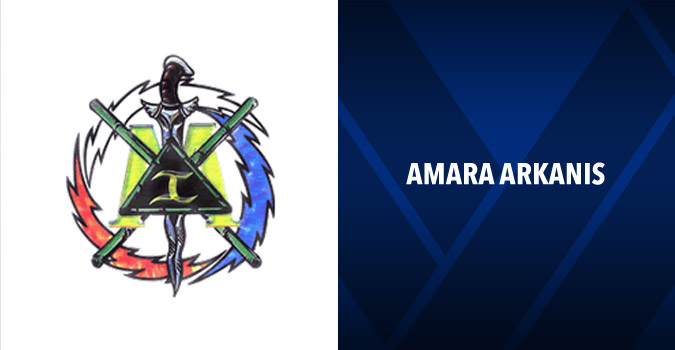
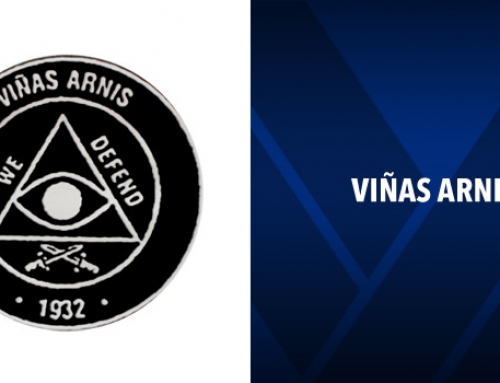
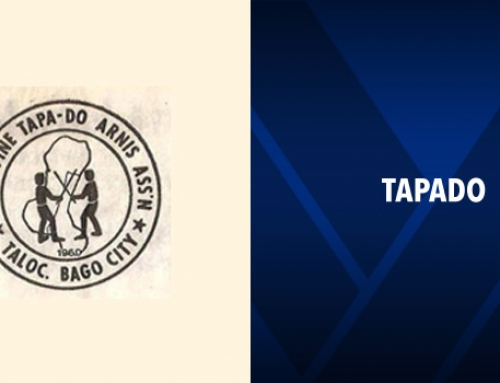
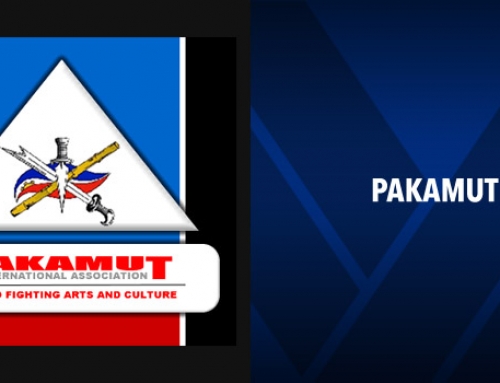


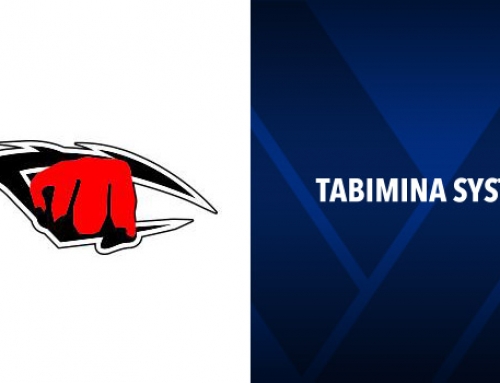

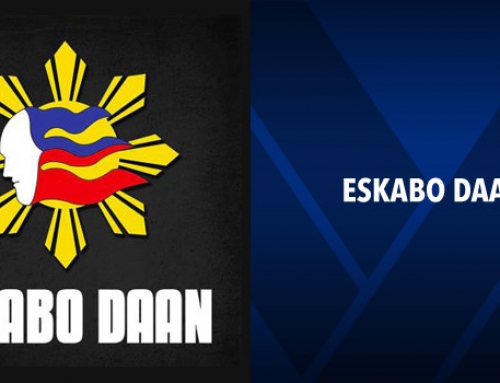
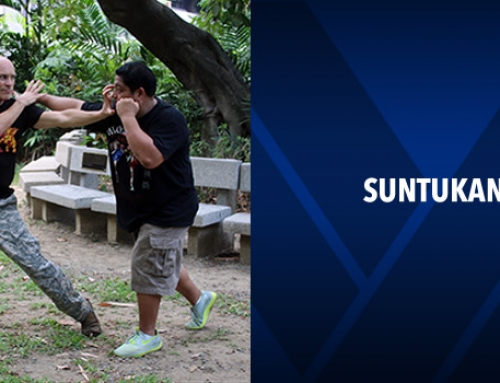
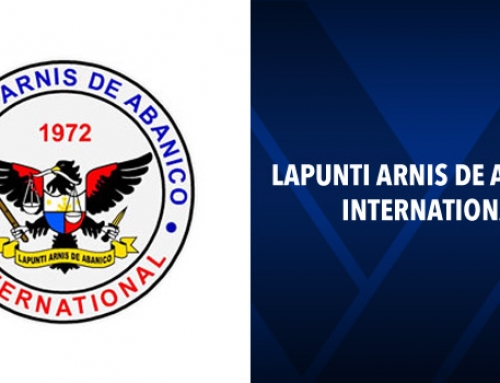
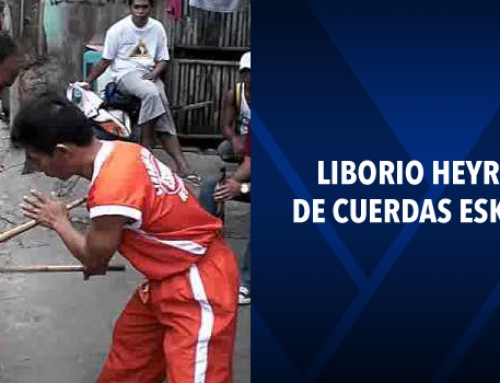
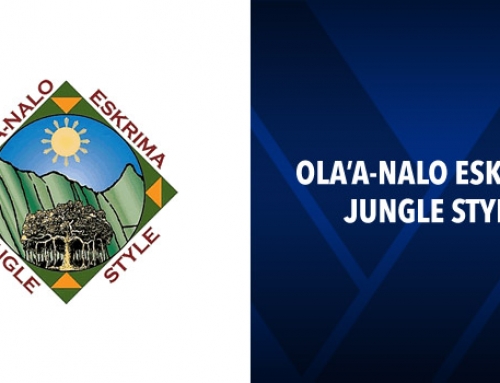
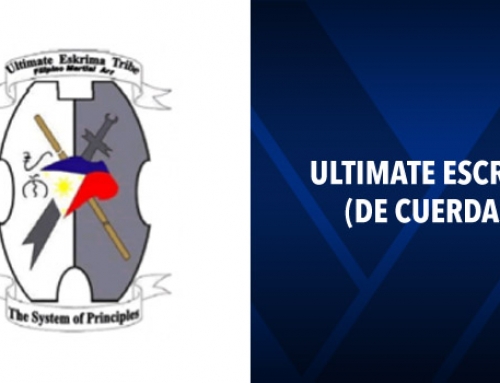
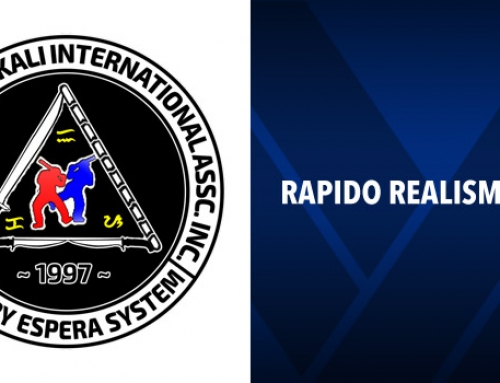
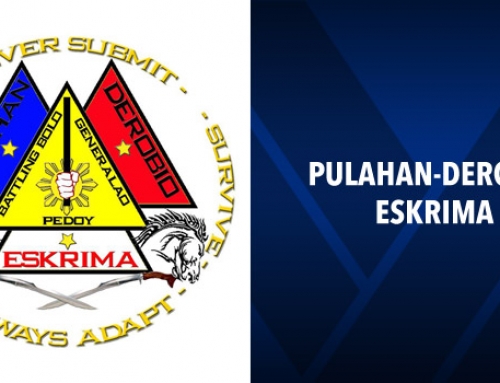
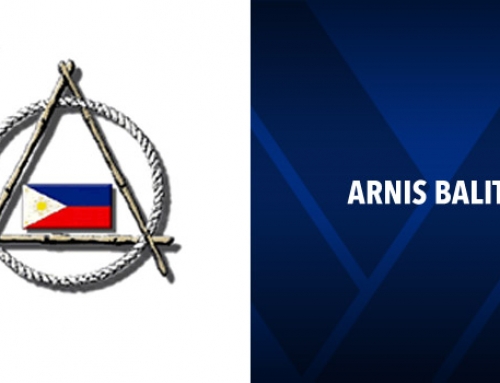
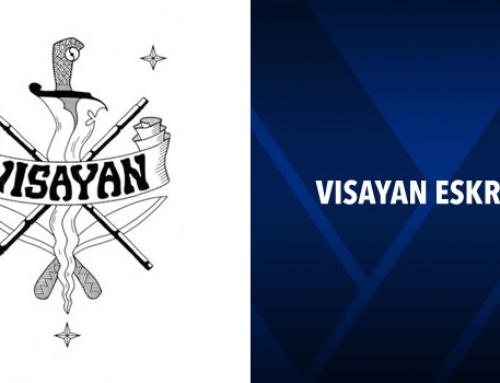
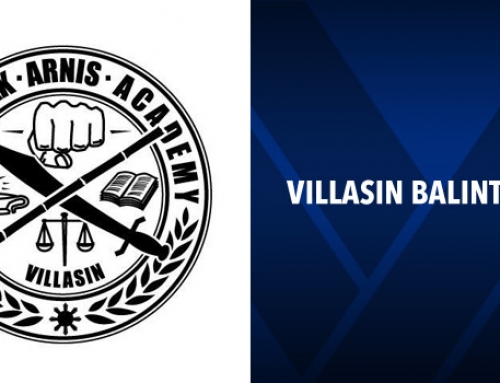

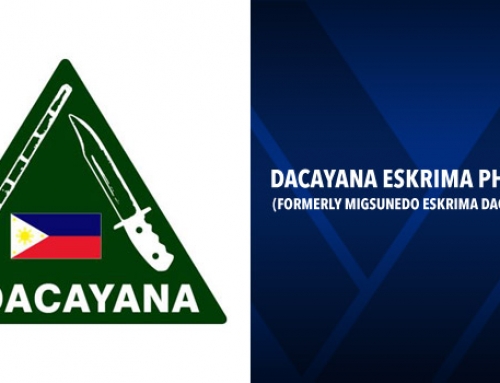
Leave A Comment
You must be logged in to post a comment.